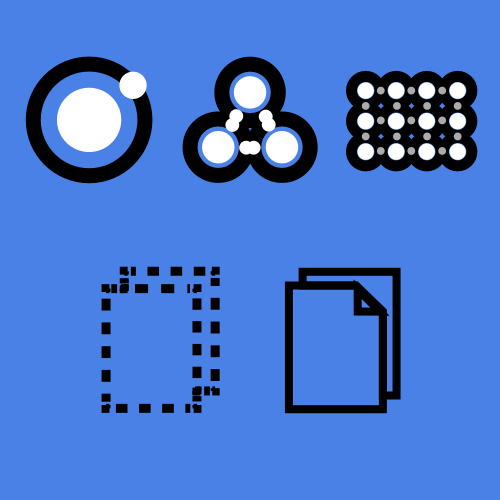The global Coronavirus pandemic has caused disruption across virtually every industry and forced organizations to rapidly re-evaluate their strategies in a changing market. Technology companies specifically have had to build and deploy new product features while also communicating critical, time-sensitive information to customers. Those with established design systems have had a leg up in adapting their offerings or getting new digital experiences launched quickly.
A design system accelerates the ability to create and deploy new customer experiences by providing digital teams with a library of pre-built UI components that are accessible, on-brand, and flexible enough to support common interaction patterns & workflows. For a website whose primary purpose is communicating and collecting information, a good design system would define a variety of templates and form inputs in the established brand. For digital products, a design system might include several options for common search, display, and task completion workflows. With established patterns defined in a design system digital teams don’t have to work from scratch every time the business is presented with a new problem to solve.
What does this look like in practice? When a city government needs to promote a new hotline phone number for health information, a good design system offers an established alert banner that calls attention to this time-sensitive info. With a design system in place, the work required is simply writing content and launching the component instead of writing content, exploring different design options, allocating custom development time, and then deploying days or weeks after the need for the hotline is identified.
Design systems also streamline decision-making about look and feel and interaction patterns so digital teams can focus on solving new user experience challenges instead of the details of UI implementation. A design system allows the creation of new experiences to scale up in periods of high demand when growing the design team itself isn’t an option. A SaaS product company, for example, might suddenly need new features to better support an all-remote customer base. Instead of attempting to hire new designers or ask the current team to work overtime, a good design system can fill the gap and allow engineers to build new features from a simple napkin sketch or whiteboard drawing using the existing UI components. With a shared toolset and visual language established, product teams are able to ship new features faster.
Has your digital team struggled to move quickly and respond to new opportunities or threats in this current environment? Have you had to choose between getting a new message or feature out fast and feeling confident that it is well-designed and tested enough to reduce the major risks? Perhaps now is the time to invest in, or recommit to, a better design system.
Cantina has partnered with internal technology teams to create component-based UI systems for Empower, Avid, Navisite, and many others. Cantina’s experienced design and development teams are ready to help you start your design system journey or expand and mature your existing system. Below are some specific ways we can help organizations reap the benefits of a design system and respond rapidly to changing market dynamics (pandemic-related or otherwise).
- Conduct an audit of your existing UI or design system and provide recommendations on where to streamline for efficiency and/or expand for future flexibility
- Do the static design work necessary to start your design system journey and work directly with your engineering team to implement it
- Design and build out new components on your existing component roadmap, allowing your team to stay focused on current products
- Design, build, and document a complete design system for a new venture or product redesign
Contact us today to start a conversation and let us know how we can be helpful along your design system journey. Still learning about Designs Systems? Check out the resources below and then contact us for a discussion about where a Design System would fit at your organization.



